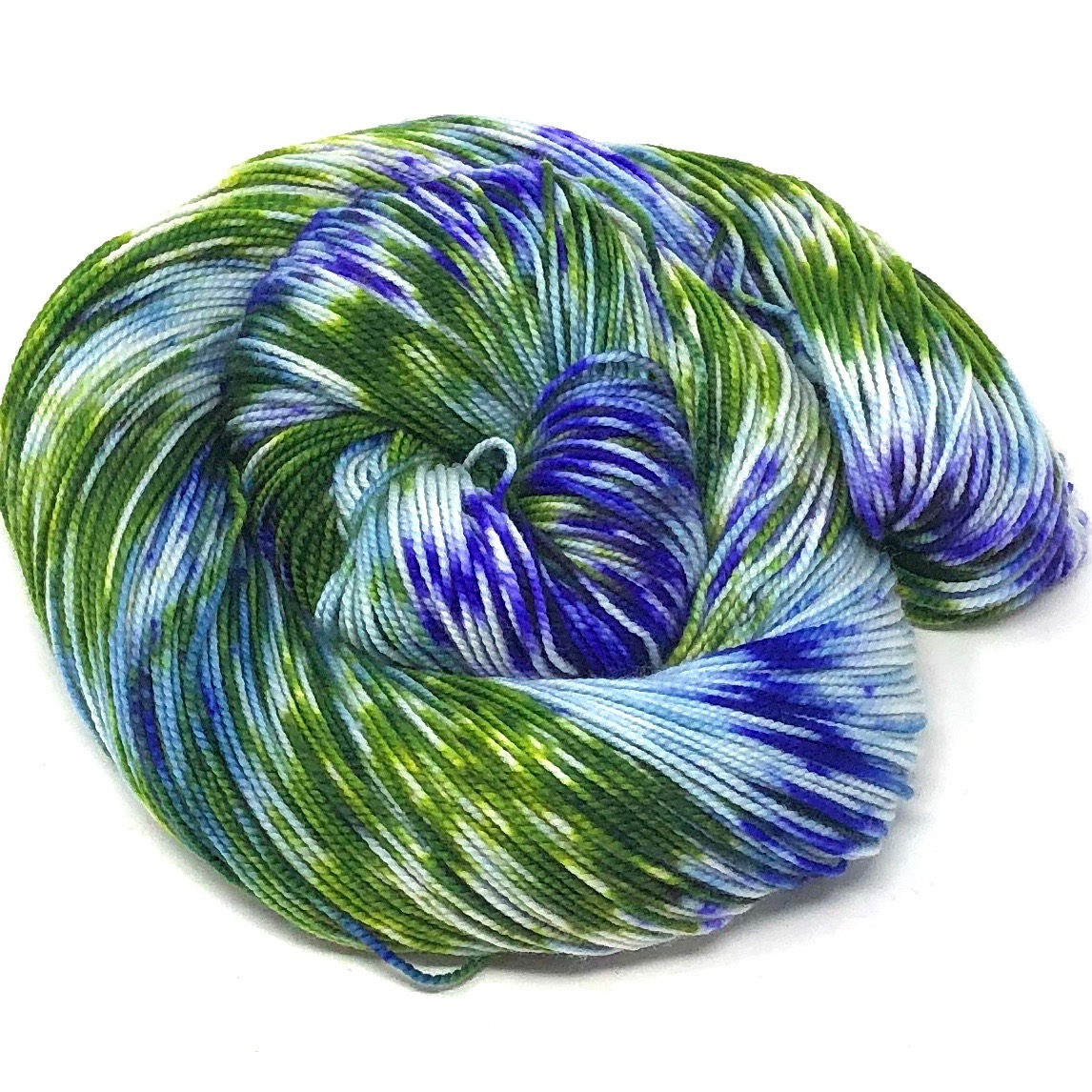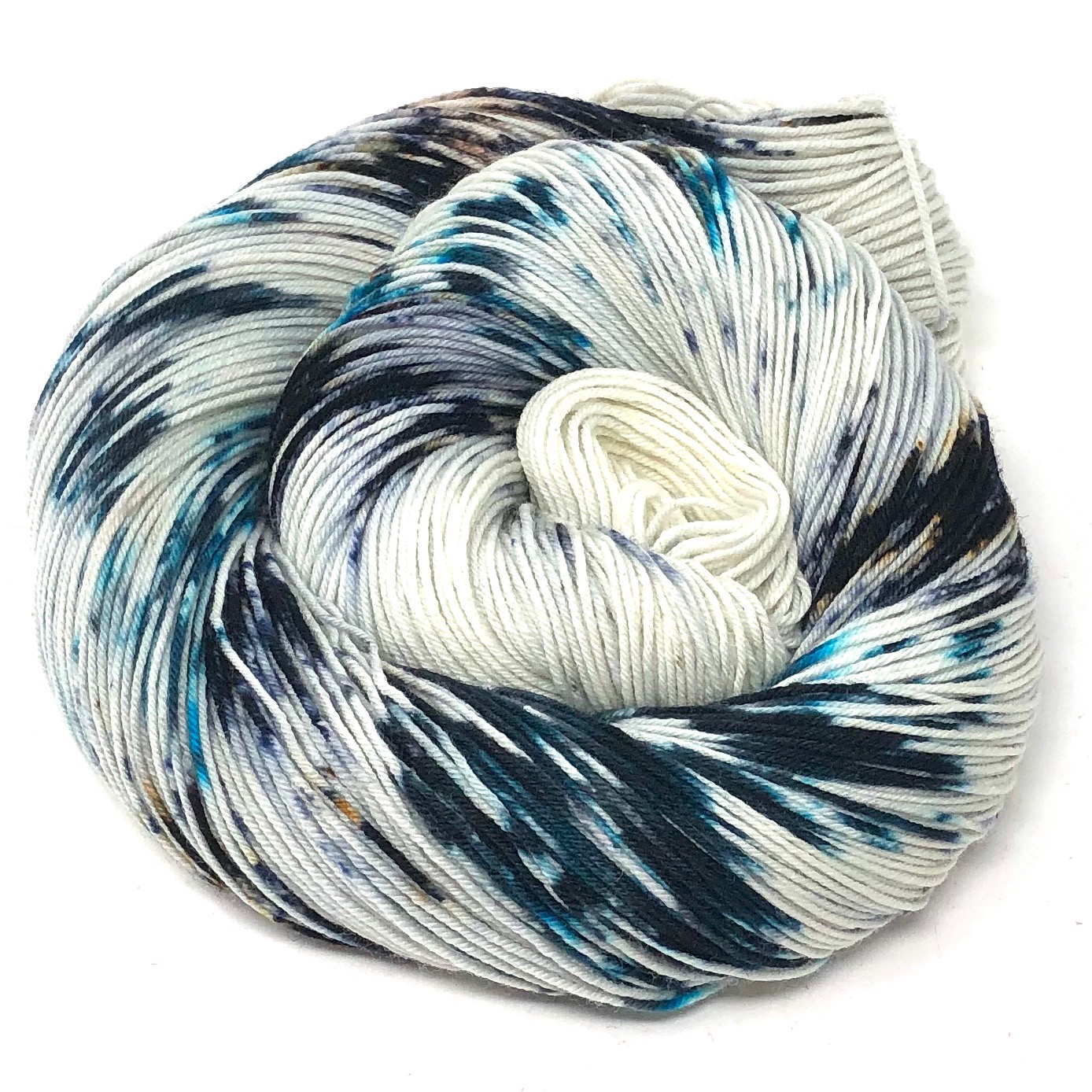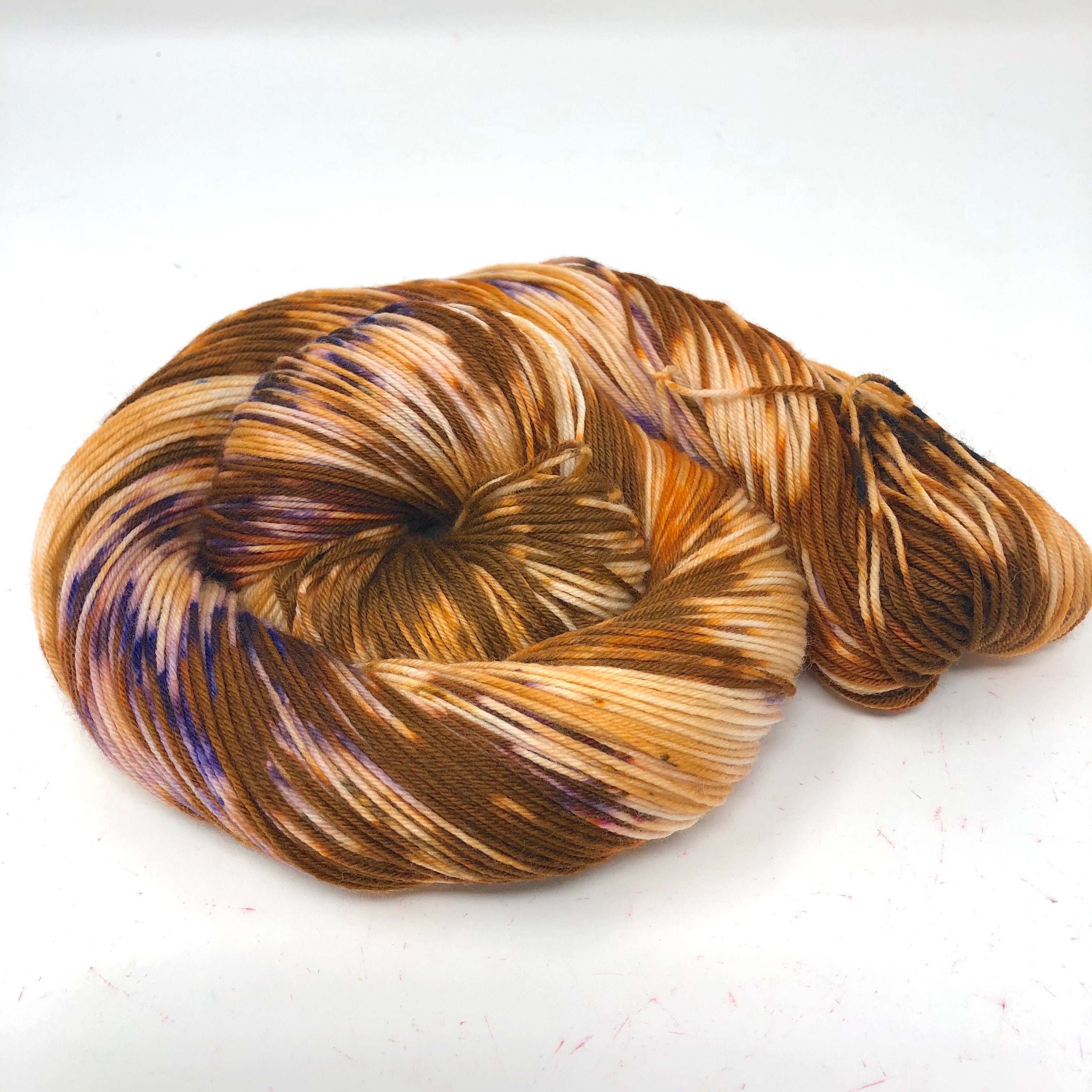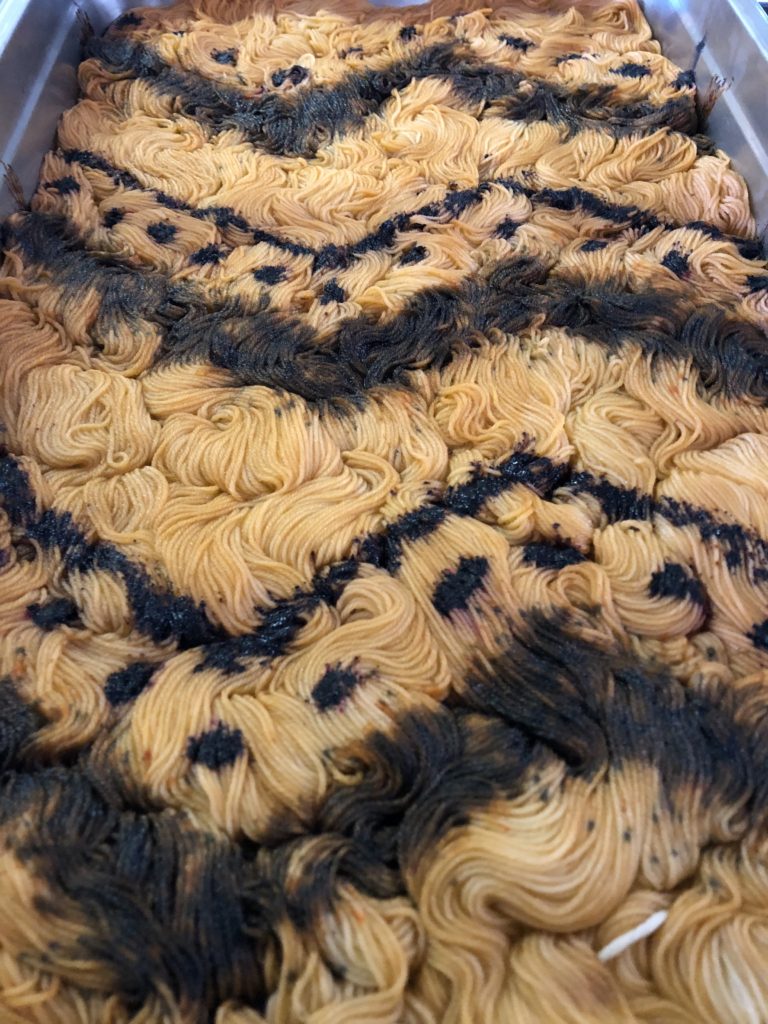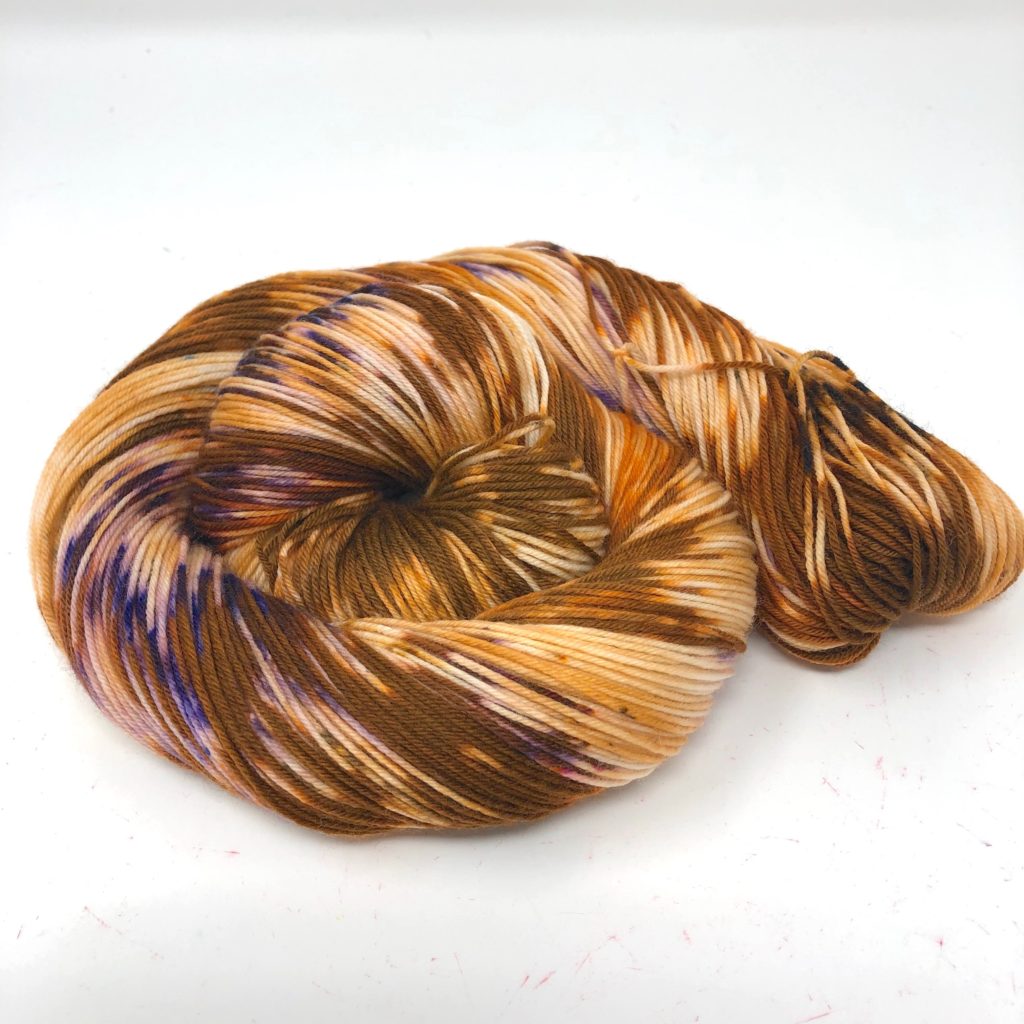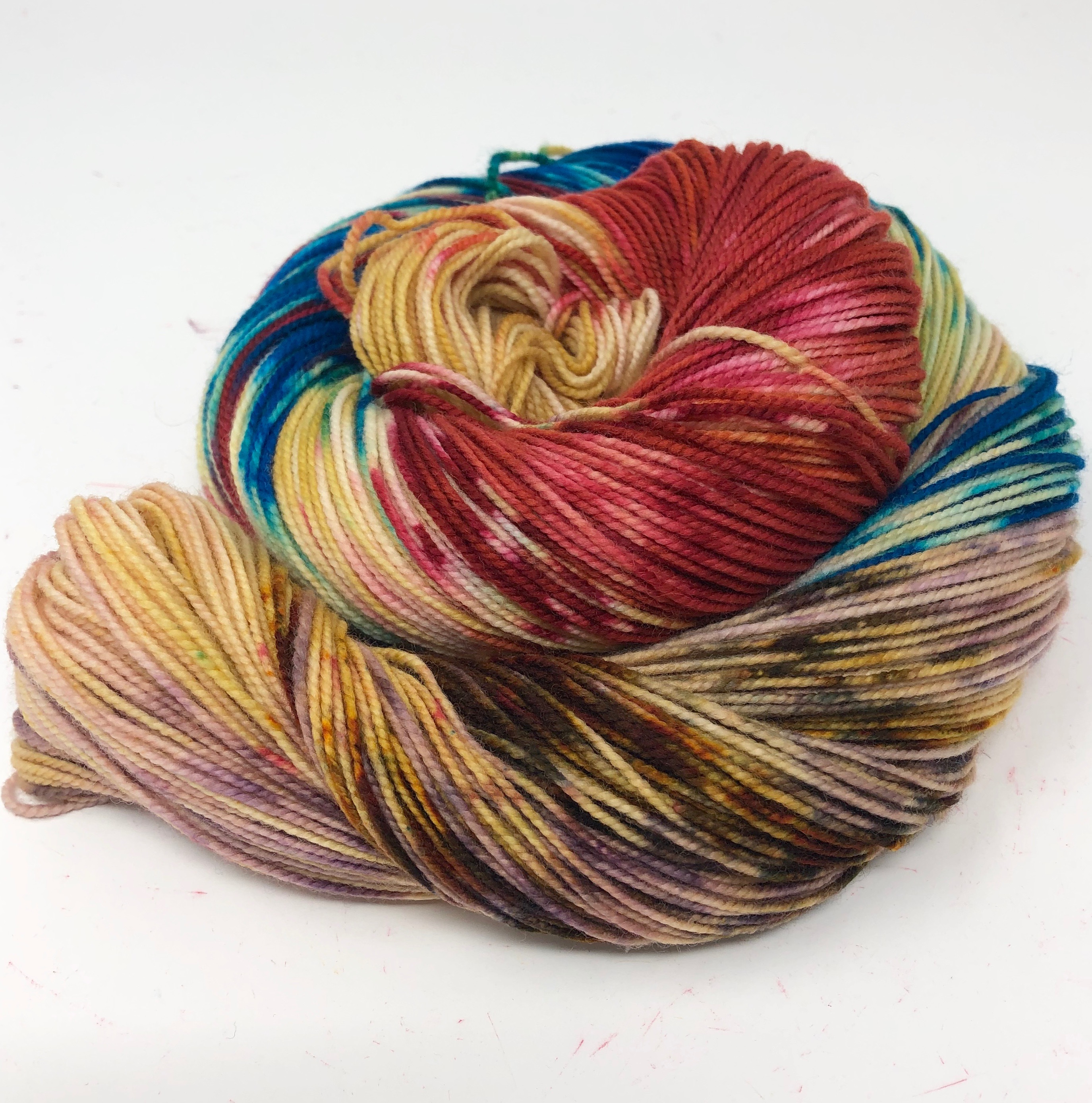Dear Sassy Holidays participants,
We wanted to thank you, from the bottom of our colorful hearts, for being a part of this Sassy Holidays journey. Over the past two years, we’ve celebrated so many holidays, from the mundane (National Bubble Bath Day, January 8th) to the tasty (National Watermelon Day, August 3rd and National Donut Day, June 1st, to name a few) to the socially important (International Day of the Girl Child, October 11th; Indigenous Peoples Day, the second Monday of October). We’ve celebrated Bikinis (National Bikini Day, July 5th) and Hobbits (September 22nd) and friendship (both Galentines Day, February 13th and Best Friend’s Day, June 8th). We’ve made Bloody Marys for New Year’s Day, Lemonade in May, and Sandwiches in November. We’ve picked up Lucky Pennies (National Lucky Penny Day, May 23rd) and we’ve stopped and taken a minute just to look at the sky for National Look Up at the Sky Day in April. And now, for our December Sassy Holidays, we are sending a Thank You Letter to you for making this club such a fun journey.
December 26th is known as National Thank You Note Day, a time to let folks know you appreciate them and you are thankful for any gifts you might have received. Our greatest gifts with this club these last two years have been hearing from you about how much you’ve loved the colorways, how the holidays have spoken to you (or just plain gave you the excuse to go out for donuts on a random day in June).
Our December colorway, Warmest Regards, is inspired by a set of watercolor Thank You cards I had years ago, ones I relished writing thank you notes on. Just think, you could use this skein to knit a thank you to someone who means a lot to you (even if that someone is yourself!)
This will be our final Sassy Holidays missive, and more than anything, we want you to know that we thank you for being a part of our Knitted Wit community, and for supporting the fantastic yarn shop you’ve been picking up your Sassy Holidays yarns every month.

